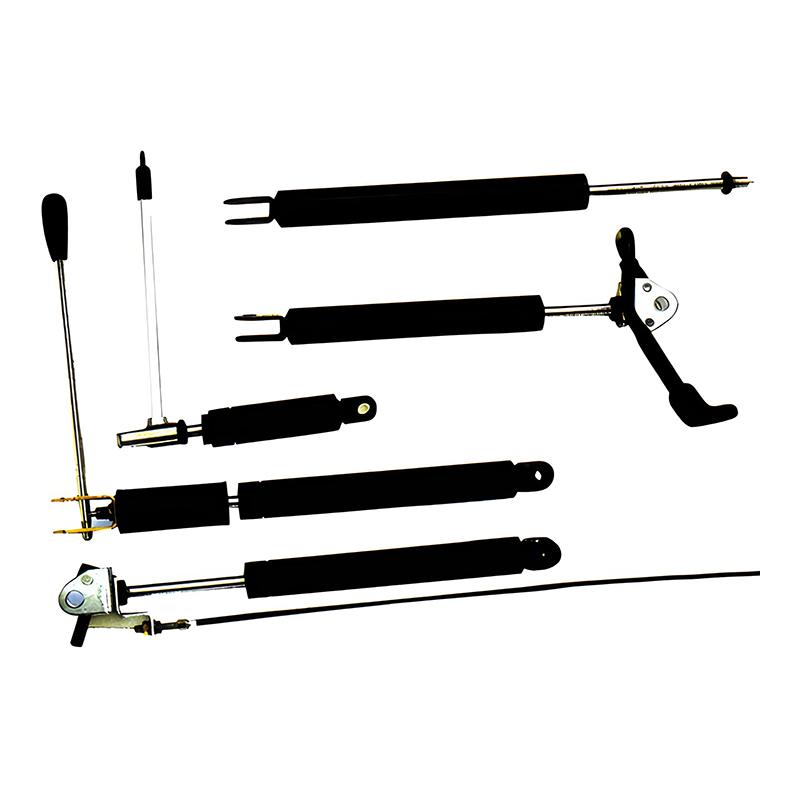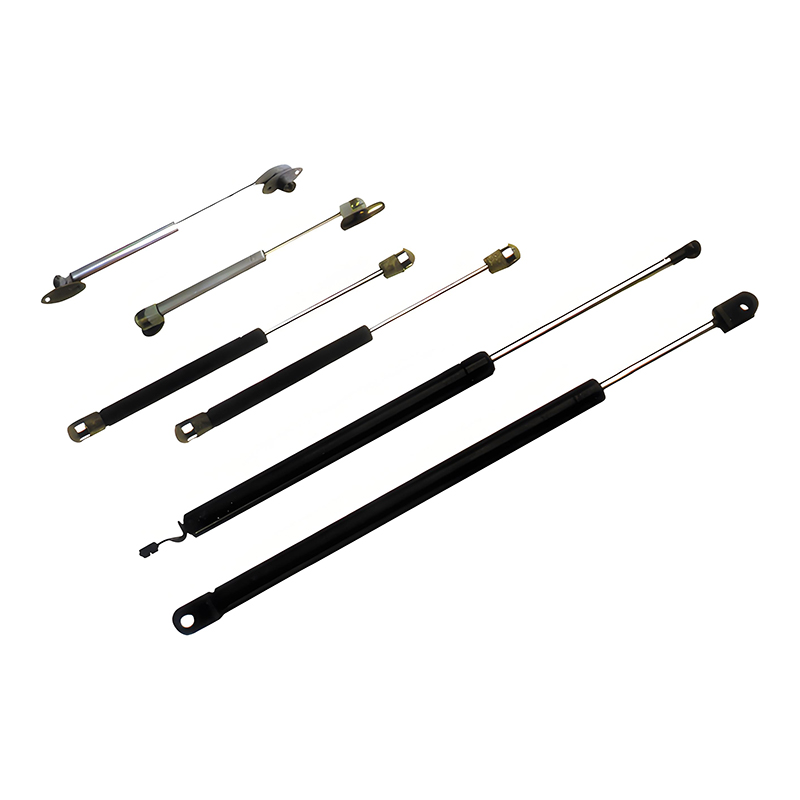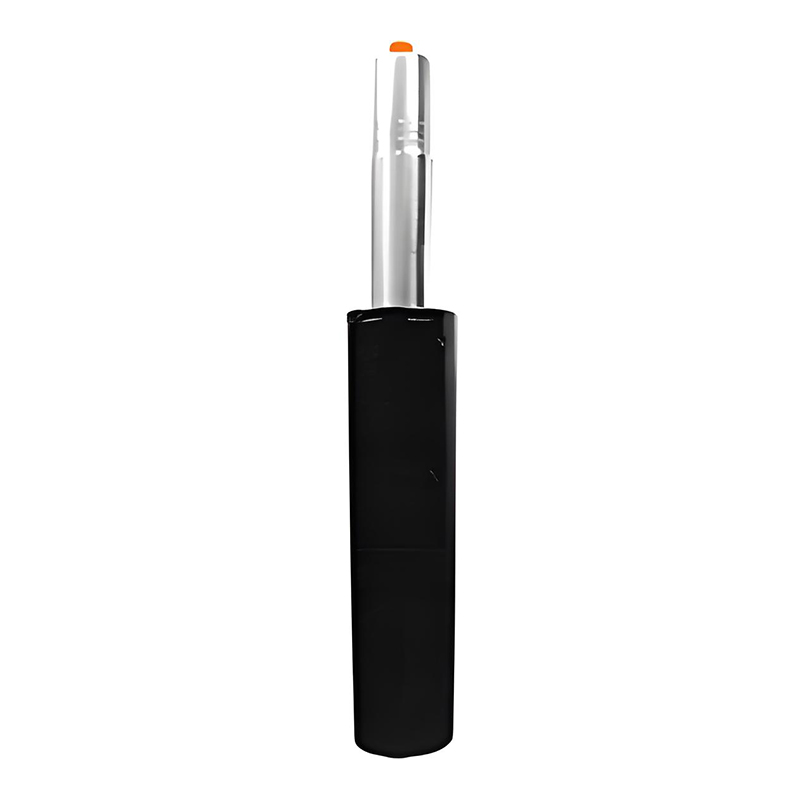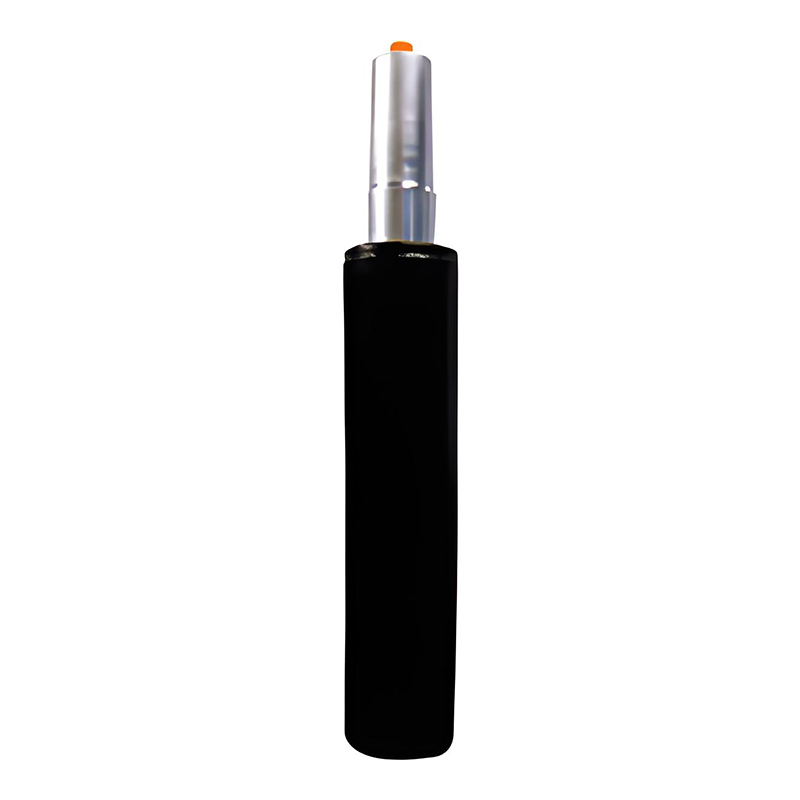The office chair gas cylinder, sometimes called a pneumatic or hydraulic cylinder, is a key component that allows users to adjust the seat height effortlessly while providing safety and stability. Understanding how this mechanism works can help users appreciate its design, maintain performance, and make informed choices when selecting or replacing office chairs.
Content
1. Basic Structure of an Office Chair Gas Cylinder
An office chair gas cylinder typically consists of several critical components:
- Outer Tube (Cylinder Body): A robust metal shell that houses the internal components and supports the load of the chair and user.
- Inner Tube (Piston Rod): Moves up and down inside the cylinder body, transferring the movement to the seat.
- Sealed Chamber Filled with Gas: Usually nitrogen gas, which is pressurized to provide controlled movement.
- Valve Mechanism: Controls the flow of gas and regulates the piston’s movement.
- End Mounts: Connect the cylinder to the chair base and seat mechanism.
These components work together to create a system that converts user input into smooth vertical movement.
2. Principle of Pneumatic Operation
Office chair gas cylinders operate on pneumatic principles. The cylinder contains compressed nitrogen gas that acts as a spring. When the user activates the height adjustment lever:
- The valve opens, allowing the piston rod to move.
- If the lever is lifted while no weight is on the seat, the pressurized gas pushes the piston upward, raising the chair.
- If the lever is lifted with weight on the seat, the user compresses the gas, lowering the chair in a controlled manner.
- When the lever is released, the valve closes, locking the piston in place and maintaining the chosen seat height.
This mechanism allows for smooth, incremental height adjustment without sudden jumps or drops, ensuring user safety.
3. How Smooth Movement is Achieved
Several design features contribute to the smooth operation of office chair gas cylinders:
- Precision Machining: Tight tolerances between the piston rod and cylinder walls prevent wobbling or uneven movement.
- High-Quality Seals: Seals around the piston rod prevent gas leakage, maintaining consistent pressure and smooth motion.
- Lubrication: Internal lubrication reduces friction, ensuring quiet and effortless adjustment.
- Controlled Valve Design: The valve carefully regulates gas flow, allowing gradual movement and preventing sudden releases.
These engineering elements combine to make the height adjustment feel fluid and effortless, even with varying user weights.
4. Safety Features
Office chair gas cylinders include multiple features to ensure user safety:
- Pressure Regulation: The gas pressure is carefully calibrated to support a wide range of user weights without risk of sudden collapse.
- Load Testing: Cylinders are tested to withstand loads well above typical usage, often up to several hundred kilograms.
- Durable Materials: The piston rod is usually made from chrome-plated steel to resist bending or corrosion.
- Fail-Safe Valve Mechanism: If the cylinder is damaged, internal valves prevent rapid, uncontrolled movement.
- Compliance with Safety Standards: Many cylinders meet international certifications such as BIFMA, ANSI, or SGS, ensuring reliable performance under normal use.
These safety measures reduce the risk of injury while allowing for repeated height adjustments over the chair’s lifetime.
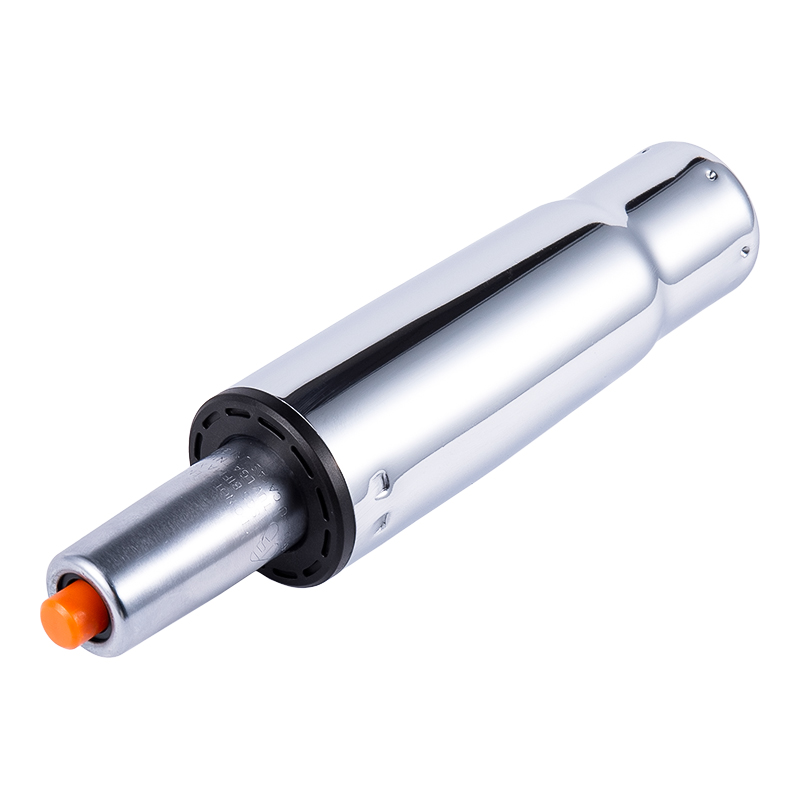
5. Factors Affecting Performance
Several factors influence how smoothly and safely a gas cylinder functions:
- User Weight: Cylinders are rated for specific weight ranges; exceeding these limits can reduce performance and safety.
- Environmental Conditions: Extreme temperatures or humidity can affect gas pressure or internal lubrication.
- Wear and Tear: Over time, seals and valves may degrade, leading to slow leaks, uneven movement, or a “dropping” chair.
- Quality of Manufacturing: Premium cylinders tend to have more precise components and longer-lasting materials, ensuring consistent smoothness and safety.
Regular inspection and proper maintenance can extend the cylinder’s service life and maintain performance.
6. Advantages of Gas Cylinder Height Adjustment
Compared to mechanical or screw-based height adjustment mechanisms, gas cylinders provide:
- Effortless adjustment: One-handed operation with minimal force required.
- Continuous height range: No fixed steps or increments, allowing precise customization.
- Integrated safety: Controlled movement reduces the risk of injury from sudden drops.
- Durability: High-quality cylinders can last for many years with minimal maintenance.
This combination of comfort, precision, and safety explains why gas cylinders are the standard in modern office chairs.
Conclusion
An office chair gas cylinder regulates height adjustment through a pneumatic system that uses compressed gas and precision valves. Smooth operation is achieved via tight tolerances, high-quality seals, and controlled gas flow, while safety is ensured through pressure regulation, durable materials, and fail-safe designs. This combination allows users to adjust seat height effortlessly, maintain stability, and enjoy long-lasting comfort. Understanding these principles can help in selecting reliable office chairs and recognizing when cylinder replacement is necessary.
